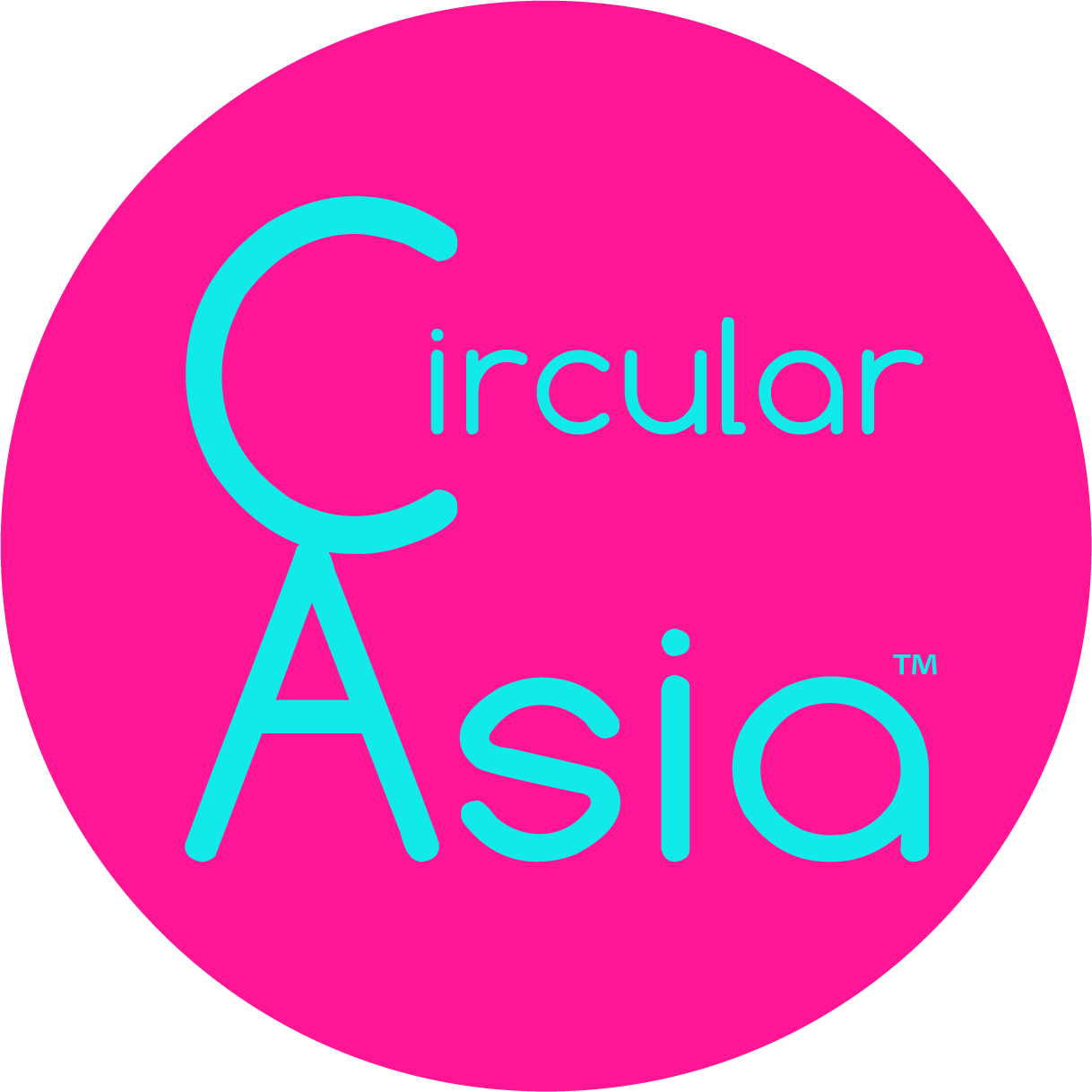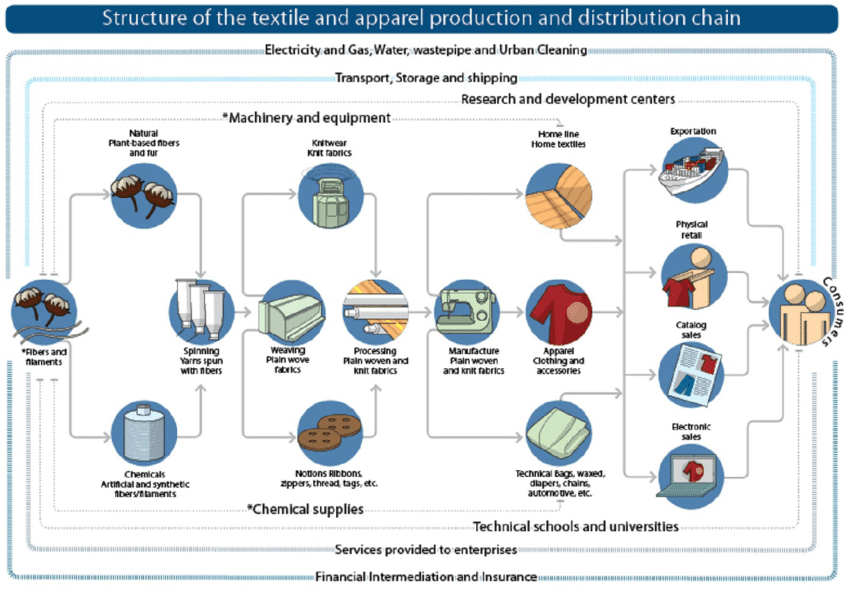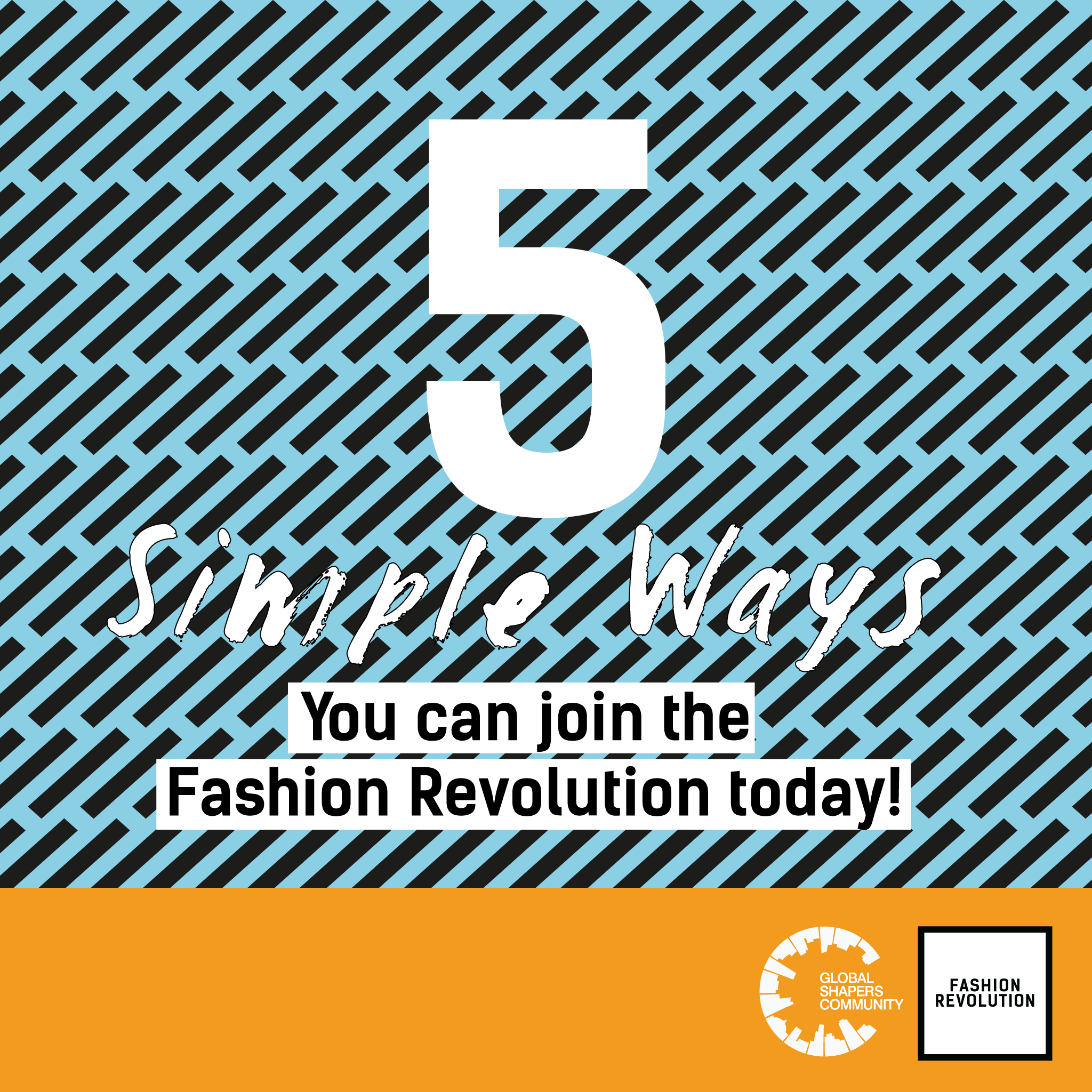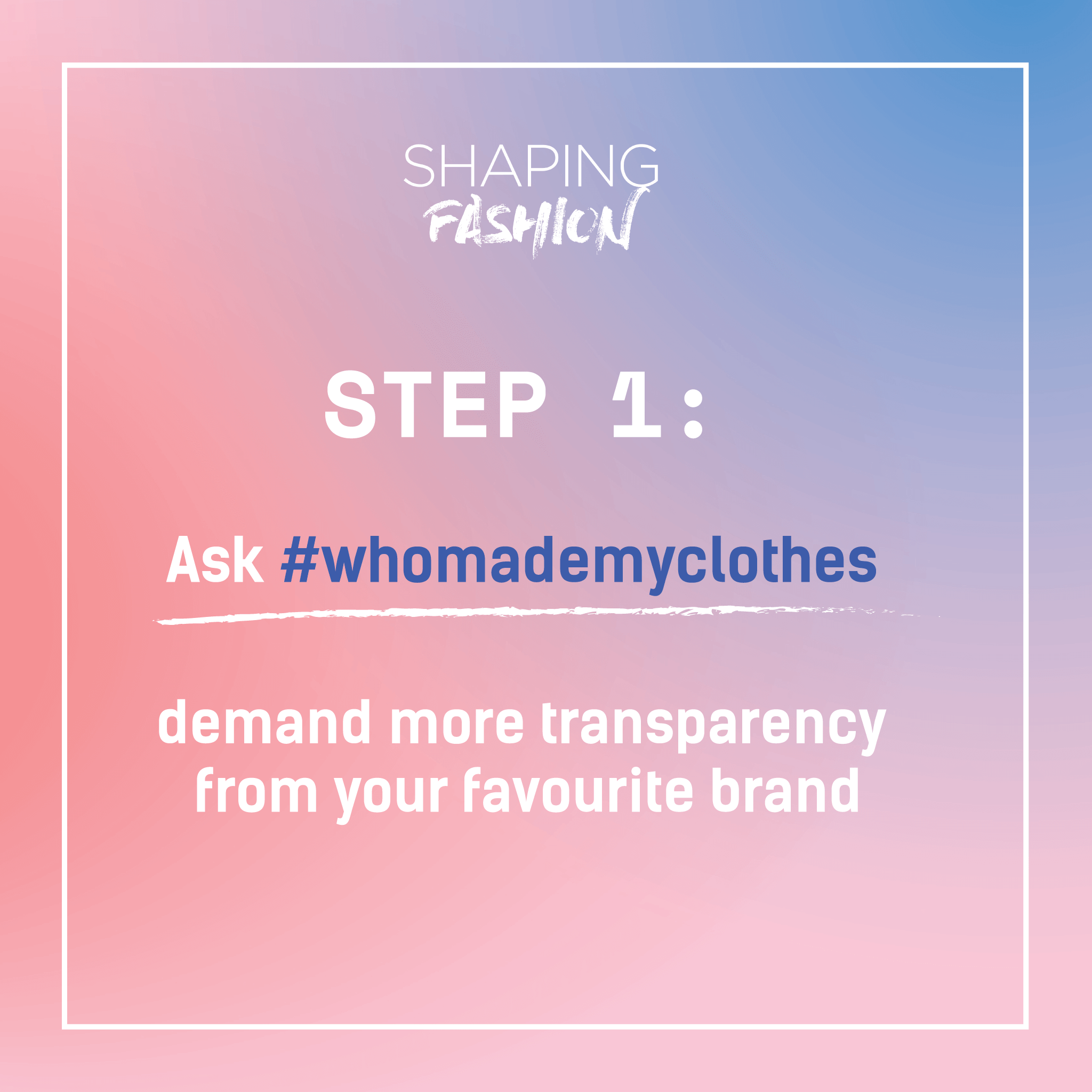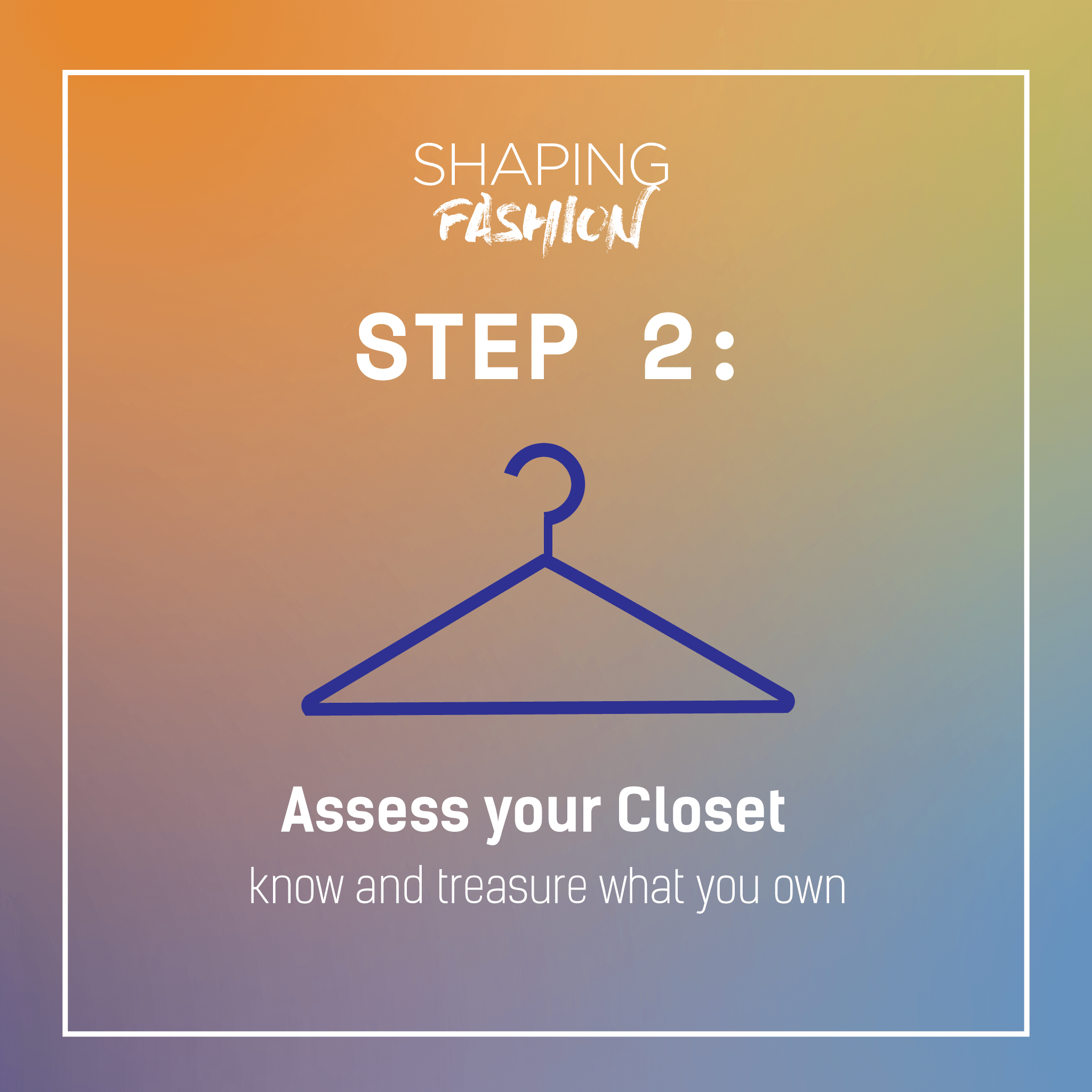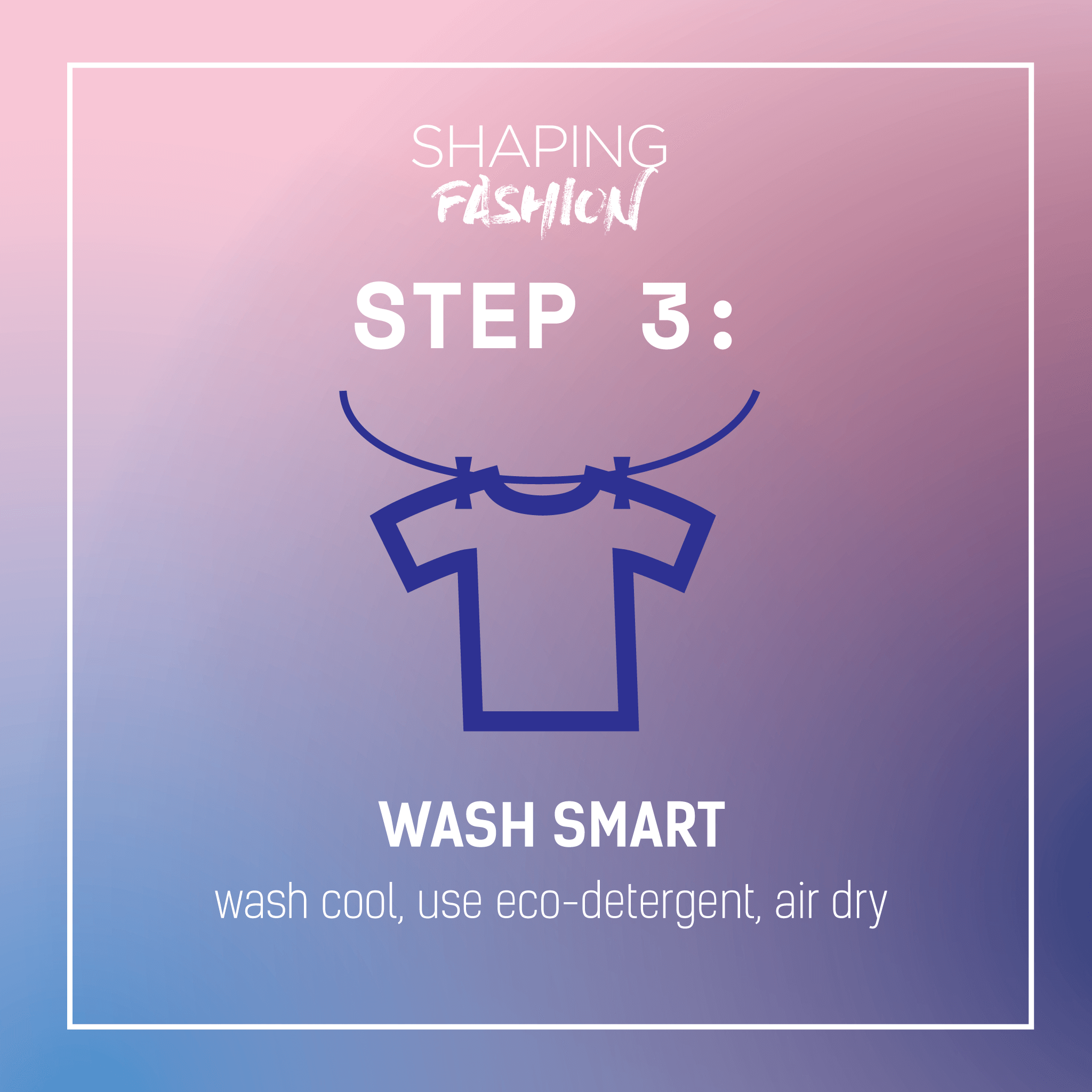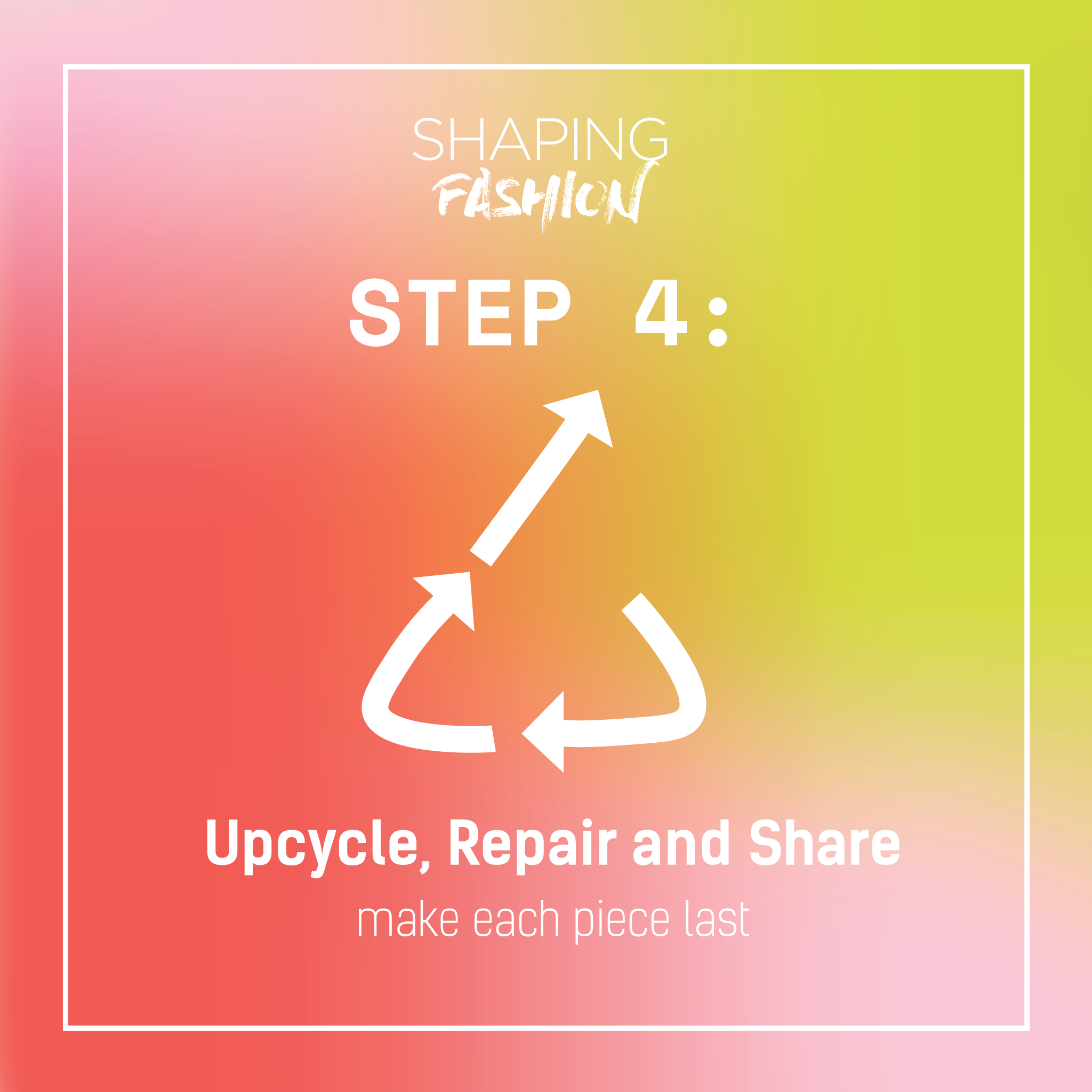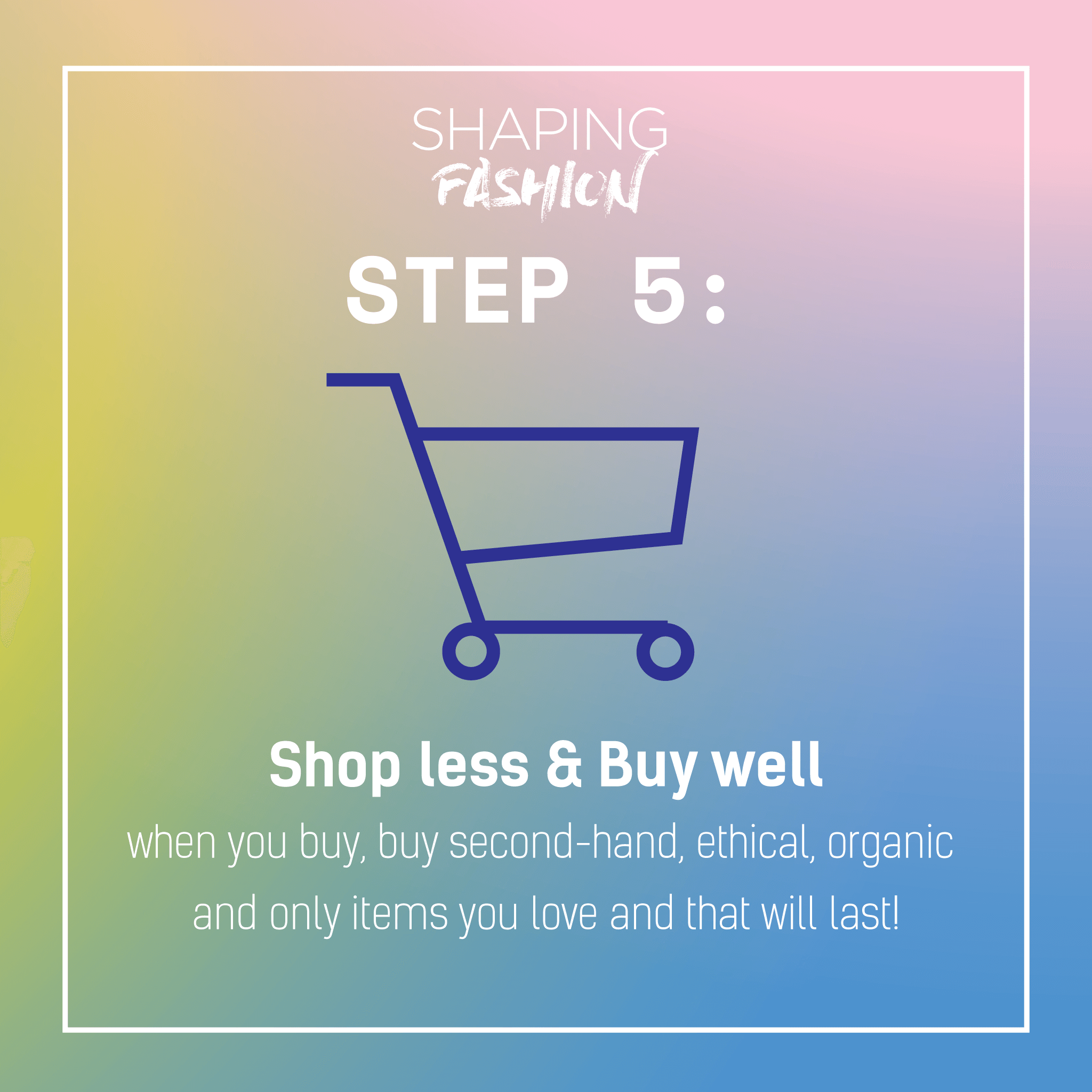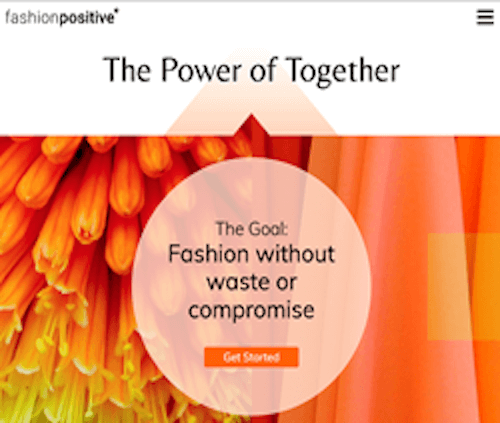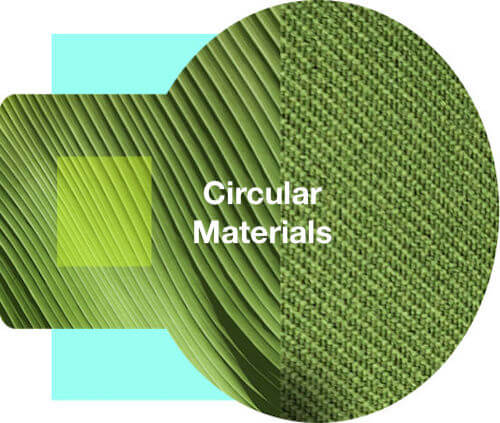Textiles in a Circular Economy
What are textiles? A textile is a flexible material consisting of a network of natural or artificial fibers (yarn or thread). The words “fabric” and “cloth” and “material” are often used to describe textiles and are made of interlacing fibres, including those used in carpeting and for geotextiles.
Geotextiles are permeable fabrics which, when used in association with soil, have the ability to separate, filter, reinforce, protect, or drain. Typically made from polypropylene or polyester, geotextile fabrics come in three basic forms: woven, needle punched, or heat bonded.
A fabric is a material made through weaving, knitting, spreading, crocheting, or bonding that may be used in the production of further goods (garments, etc.). Cloth and fabric both have the same meaning and is often a piece of fabric that has been processed.
The demand for textiles will rise significantly, as the global population reaches 8.1 billion by 2025. By the mid-century, this figure will be 9.5 billion, and close to 11 billion by 2100. Asia will shfit from being the world’s largest textile manufacturer and supplier to becoming world’s biggest consumer of textiles.
The textile industry comprises of mainly three sectors: household, technical and fashion, with the garment industry making up to 65% of the overall total. The apparel market alone will grow to US$ 2.1 trillion by 2025. Textile manufacturing is mainly carried out in China, USA, India, Bangladesh and the European Union.
Heavily dependent on natural raw materials, including water, energy and synthetic materials sourced from petroleum, the textile industry will need to evolve to meet this growing demand.
Circular Fashion – 12 Principles for Industry
As part of the Circular Fashion Framework, Dr. Brismar has identified sixteen key principles, 12 for industry and four for consumers, to support a more circular and sustainable fashion and textile industry. These principles are equally applicable to everyday apparel, sportswear, outdoor, and interior design.
Design
Design is where the circular economy begins. Design determines what circular principles will be deployed and what degree of circularity will be achieved. To bring to life the 16 Key Principles for Circular Fashion (equally applicable for all textiles), design is the point of conception.
Design | Definition |
Principle 1: Design with a Purpose | The purpose of the circular economy and sustainability. |
Principle 2: Design for Longevity | How long will your design last in terms of style and fashion? Can your designs be reused by someone else? |
Principle 3: Design for Resource Efficiency |
|
Principle 4: Design for Biodegradability | Textiles are being developed that are biodegradable under industrial composting conditions. Naturally occurring fabrics like cotton and wool tend to break down quicker than manufactured fabrics like polyester, although certain polymers, like rayon, are an exception. |
Principle 5: Design for Recyclability | There are three methods to design for recyclability |
Supply Chain Sourcing
The fashion industry can improve their understanding of the art of assessing the environmental impact of fibres and textiles, gain a more nuanced view of fibres and their environmental performances. Thereby improving the design, selection and sourcing, contributing to greater knowledge by increasing transparency and knowledge-sharing, and expanding communication around the environmental advantages and disadvantages of fibres while being more vigilant for attempts of greenwashing.
Sourcing | Definition |
Principle 6: Source and Produce More Locally | The fashion industry is responsible for 10% of annual global carbon emissions, exposing many companies to climate change risk. Localising manufacturing by having factories cluster together, moving geographically closer to their customers will reduce emissions. |
Principle 7: Source and Produce without Toxicity | Chemicals use throughout the whole textile supply chain starting with fertilisers and pesticides in agricultural systems through to dyeing and processing, from a cross-link resin*, a colour, or performance chemical. |
Principle 8: Source and Produce with Efficiency | 1. Resource efficiency |
Principle 9: Source and Produce with Renewables | 1. Renewable energy 2. Renewable plant-based textiles, such as hemp, seaweed, wood, Beech tree fibre, soybean waste, and other agricultural waste. |
Principle 10: Source and Produce with Good Ethics | - No greenwashing - Transparency and visibility in the supply chain - Sustainable and circular systems throughout the whole supply chain |
Service & Collaboration
“Investors are really focused on plans for climate change,” said Natalie Grillon, CEO, Open Supply Hub. Grillon said she had observed rising interest in data-sharing methods. “That’s interesting because the more we can share open data, you realize efficiencies there in collaboration, which is a cost-saving. That is something that hasn’t been tapped but is increasingly important.”
For some brands, ‘durability’ and ‘quality’ are interchangeable. As well as reducing the environmental footprint of clothing, durability helps to drive quality, which:
• Safeguards against garment failure;
• Strengthens brand reputation; and
• Cements customer satisfaction and loyalty.
For a consumer, the durability of a product is measured by how long the product provides a useful service to them.
Stakeholders | Definition |
Principle 11: Provide Services to Support Long Life | When and where possible, support your garment for repair, reuse or resell. Consider recommerce as part of your business model. |
Principle 12: Collaborate Well and Widely |
|
Consumer Actions
Click on the images to enlarge
Circular Fashion – 4 Principles for Consumers
The four circular economy principles for consumers focuses on shifting consumer’s perceptions towards accepting recyclable or biodegradable textiles, alternative ways to consume garments and by expanding the value proposition of the circular economy through different touchpoints. For example, collecting and repairing its old jeans is a key focus of Nudie Jeans’ circular efforts, with the brand taking on an educative role to communicate the value of used textiles to its customers. In-store signs clearly communicate that the brand repairs its jeans for free and that customers receive a 20% discount on a new pair of jeans when they to drop off an old one.
“To run a successful garment collection scheme, a shift in consumer mindset is a necessity. We as brands, along with governments, have the important task to support shifting consumption patterns and educate consumers about the value of clothing,” says Joy Roeterdink, Corporate Social Responsibility Manager at Suitsupply.
Key Principles for Consumers | Definition |
Principle 13: Reuse, Recycle or Compost all Remains | One example is MycoTex, a textile made from mycelium (fungus mushrooms are made of); a method of production has been developed where the mycelium is flexible. A garment can be produced via a series of mycelium disks in order to create zero material waste. This construction method also means that the dress can easily be repaired if a section is damaged. The material is fully biodegradable and can, therefore, be composted at the end of life. |
Principle 14: Use, Wash and Repair with Care | Circular ID: A circular ID can identity products, the material components and composition, to keep the products, material and resources in use, and/or revalorize them. Connecting lifecycle management with the Internet of Things, and facilitating the identification and authentication of products for resale, repair and reuse, a Circular ID tag can dramatically accelerate the global transition to a regenerative future. |
Principle 15: Consider Rent, Loan, Swap, Secondhand or Redesign Instead of Buying New | Secondhand: Consumption of all used apparel. Includes both the Resale sector and the Thrift & Donation sector. |
Principle 16: Buy Quality as Opposed to Quantity | Circular business models have the potential to fundamentally change the commercial incentives of the fashion industry. It could shift from a volume focus to an industry that is incentivised on quality – in which garment durability and number of uses would become the critical enablers of commercial viability. |
Industry Tools
Knowledge Centre
This section contains reports, research, chemicals in textiles, circular fashion, technology, supply chain, ThredUp reports, tools, images, infographics and movies.
References
- Fashion store icon: Shops Collection created by Made by Made from the Noun Project
- Textiles definition: https://en.wikipedia.org/wiki/Textile
- ‘Introductory chapter: Textile Manufacturing Processes‘ by Faheem Uddin, August 2019
- ‘Textile Sector gets Future Ready‘ by Fibre2Fashion, August 2014
- ‘The State of Fashion 2020’, published by BOF and McKinsey & Company, 2019
- ‘The Fibre Bible: environmental impact of textile fibers – what we know and what we don’t know’ published by Mistra Future Fashion, 2019
- ‘Eco-Evolution’ published by Sourcing Journal, 2019
- ‘Sustainable Clothing’ published by WRAP, 2017
- Textile supply chain image ‘Industrial textile recycling and reuse in Brazil: case study and considerations concerning the circular economy’ by Mariana Correa do Amaral et al, 2017.
- ‘How Quickly Do Fashion Materials Biodegrade?‘, by George Arnett, UK Vogue, 29 November 2019.
- ‘Fixing Fashion: Clothing Consumption and Sustainability’ published by House of Commons, Environmental Audit Committee, 19 February 2019.
- ‘Wool is so yesterday: Why natural vegan fabrics are taking over‘ from PETA
- Dr. Anna Brismar, owner of Green Strategy and circularfashion.com: 16 Principles for a Circular Fashion Industry
- ‘The Future of Circular Fashion’, a collaborative report by Accenture Strategy and Fashion for Good, 2019
References:
- Textile image: ultimatearm from Flaticon
- Knowledge Centre: Freepik from Flaticon
- Information: CleanPNG
- Links: Icon Finder
- Video: Freepik
